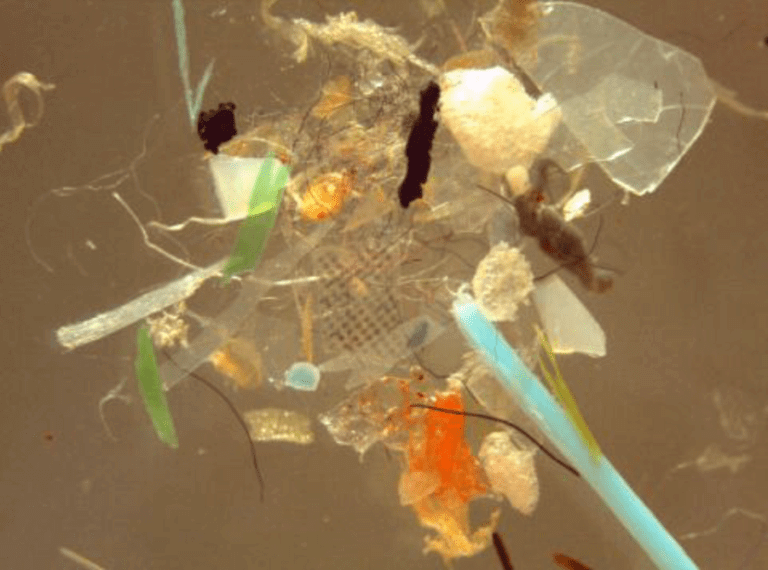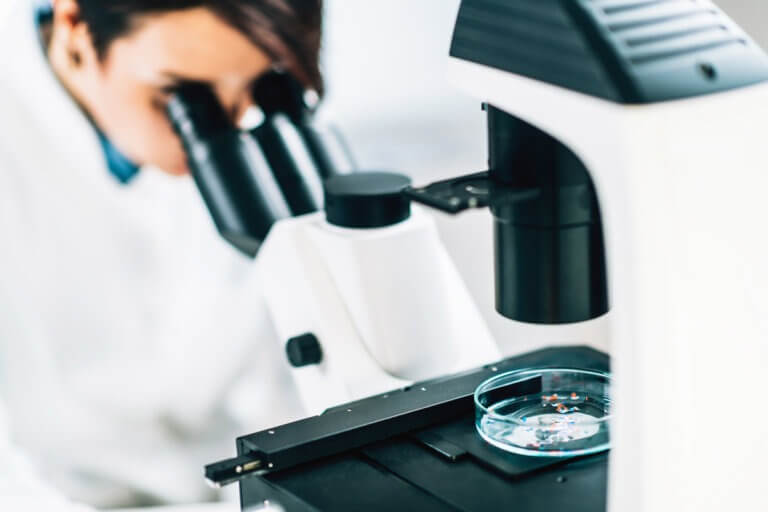
Microplastics are EVERYWHERE, but how will we measure them?
Last year, The Standard provided an initial look at microplastics (MPs) as an emerging contaminant of concern. Weathering of plastics has resulted in virtually ubiquitous dispersion of these polymers to all environmental media and locations across earth. Though much needs to be understood relative to the human and ecological health impacts, work towards standardized methods for analysis has been ongoing for a couple of years.
From the early work in MP analysis, where hand counting of particles via optical microscopy was common, a diverse set of procedures has been under development. MPs are defined as plastic polymers less than 5 mm in size, with a lower limit of size included in the California Water Board’s definition for drinking water. Emerging standardized methods for analysis are focused on microscopy, spectroscopy and spectrometry as shown in the figure.
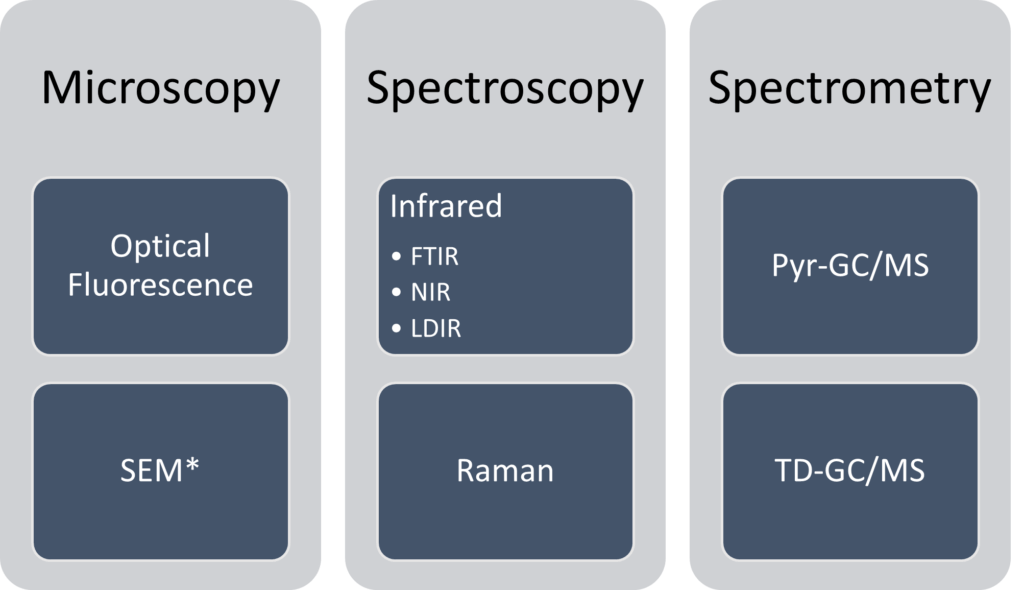
*Scanning Electron Microscopy
Each of these techniques has pluses and minuses in terms of their abilities to quantify and identify MPs with high throughput. For example, while microscopy is a quick and easy way to detect microplastics, it is often combined with spectroscopy or spectrometry techniques due to its many limitations and likely will be used as a screening step.
Pyrolysis (Pyr) and thermal degradation (TD) gas chromatography/mass spectrometry (GC/MS) do provide particle number, shape, or area information, but are relatively fast and report MP as a concentration or mass fraction. Raman and Fourier transform infrared (FTIR) spectroscopy are somewhat complementary in terms of the polymer identification. They can provide both area and shape information, and though historically very time consuming, new technology is automating the counting process.
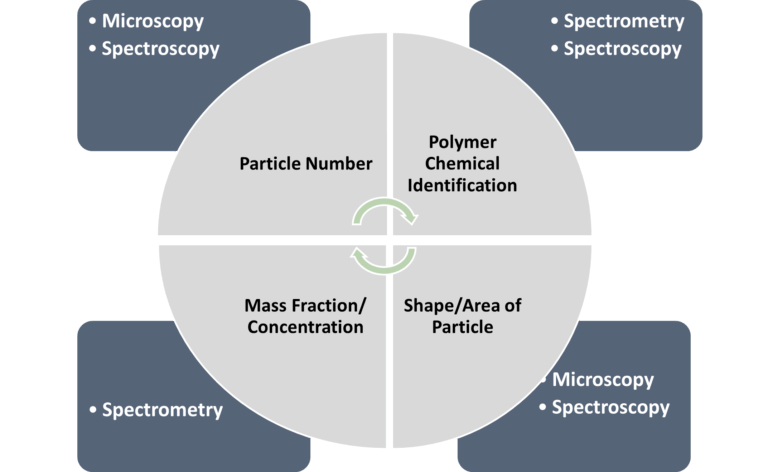
The time factor is a huge issue with MP analysis both with the preparation steps and in the counting and analysis. A single wastewater sample, for example, may take tens of hours to prepare and analyze. Work on standardization of each technique is ongoing with the US EPA and the ASTM, as well as within research and commercial laboratories. The California Water Boards sponsored a large international interlaboratory method evaluation study designed and by the Southern California Coastal Water Research Project Authority. A report on the results of that study is due late summer 2021 with a public announcement of the recommendations by the State Water Board on July 20, 2021. This would just meet the July 2021 deadline imposed on the California Water Boards to develop a standardized method for MP in drinking water.
Spectrometry:
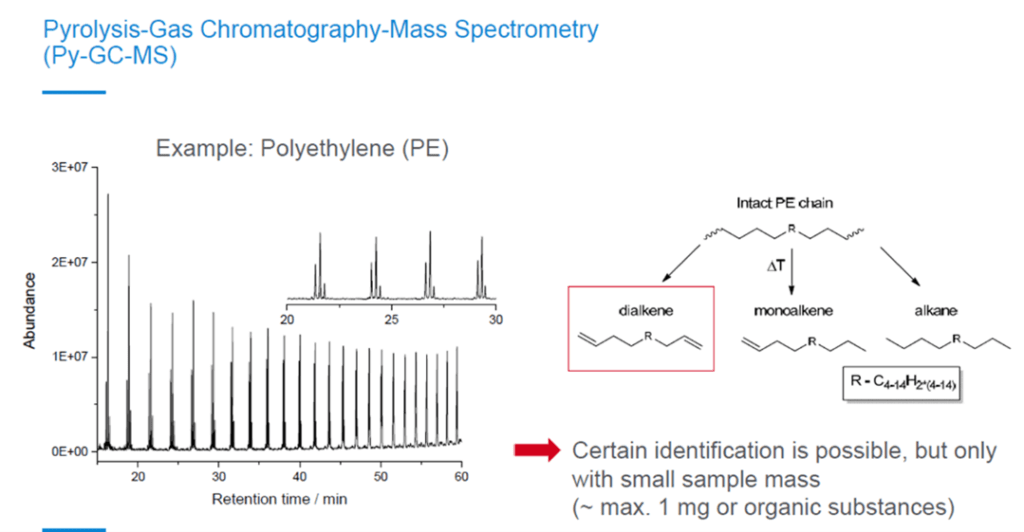
Spectroscopy:

Microscopy:

